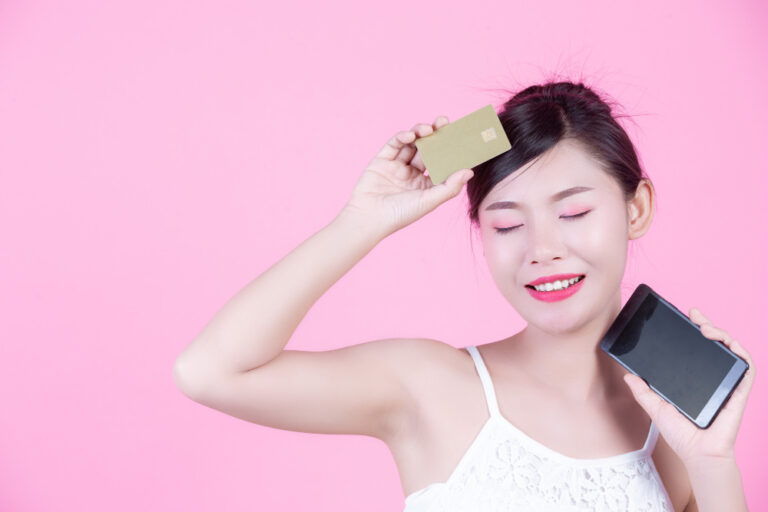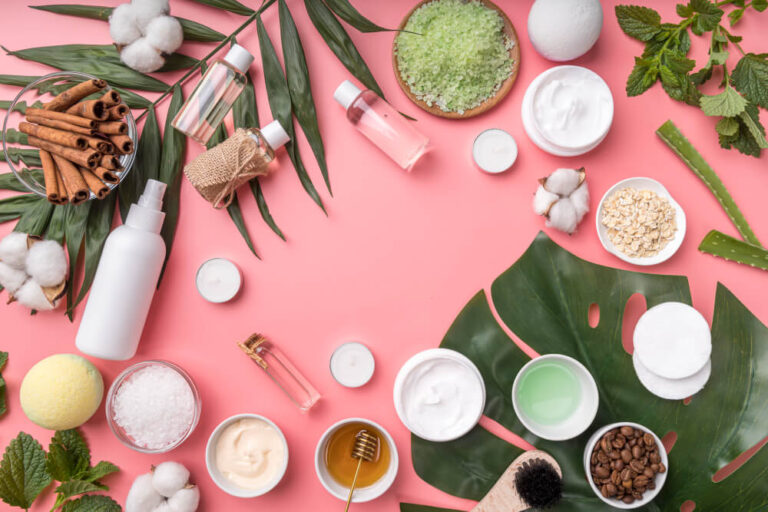When we wax using honey wax or any other type of wax, we all hope for smooth, radiant, and flawless skin. However, many times after waxing, instead of smooth skin, it leads to the formation of ingrown hairs, resulting in uneven skin with bumps. Additionally, ingrown hairs after hair removal can cause skin inflammation, itching, and visible dark red bumps, which can significantly lower confidence. Why do ingrown hairs occur after waxing? What should you apply after waxing? This article from Wax&Co professional waxing studio in Bangkok has the answers. Rest assured, after your next waxing or hair removal session, you’ll be free from the annoyance of ingrown hairs.
What is Ingrown Hair and What Causes It?
Ingrown hair (Keratosis Pilaris) is a skin condition caused by the blockage of hair follicles, leading to the formation of small, hard, raised bumps. The affected skin becomes dry and rough compared to other areas. In cases where inflammation occurs, these bumps may become red, swollen, and mildly itchy or painful. Ingrown hair commonly affects areas such as the underarms, arms, thighs, back, torso, and even the face. The primary cause of this condition is the abnormal buildup of keratin, a protein in the skin, which thickens the skin’s surface and blocks the hair follicles. Additionally, improper hair removal and skin care practices, such as shaving, using hair removal creams or mousses, , Brazilian waxing and Hollywood Waxing can contribute to the development of ingrown hairs. When hair is cut or broken off without properly removing the root, it can grow back into the follicle, causing the characteristic bumps.
How to Prevent Ingrown Hair After Waxing or Hair Removal
As mentioned earlier, a major cause of ingrown hair is improper hair removal and inadequate skin care post-removal. To minimize the risk of ingrown hairs and ensure smooth, bump-free skin, follow these preventive measures after waxing or other hair removal methods:
1. Remove Hair Properly
Whether you’re shaving, plucking, using wax, honey wax, or cold wax, it’s crucial to follow proper hair removal techniques to prevent issues like hair breakage or improper hair regrowth. Additionally, repeatedly using incorrect hair removal methods can irritate the surrounding skin, causing inflammation, redness, and potentially leading to acne and ingrown hairs.
2. Avoid Hair Removal Methods That Target Only the Surface
Avoid methods like shaving, using hair removal creams, or mousses, as these techniques can break the hair off at the surface while leaving the root behind, which increases the likelihood of ingrown hairs. Instead, choose methods that remove hair from the root to reduce the chance of ingrown hairs, such as waxing (including honey wax and cold wax), plucking, or laser hair removal. It’s important to follow the direction of hair growth and avoid going against it.
3. Prepare the Skin Before Hair Removal Methods, Such as Waxing or Honey Waxing, to Reduce the Likelihood of Ingrown Hair
In the 1-2 days leading up to hair removal, use a gentle exfoliating scrub on the area to be treated. This will help remove dirt, excess oils, and dead skin cells, reducing the risk of pore blockages that can lead to ingrown hairs. Additionally, taking a warm bath or shower before shaving or waxing (including honey wax) can open up pores and soften the hair, making it easier to remove the hair from the root.
4. Maintain an Appropriate Hair Length
Before tweezing, shaving, or waxing, ensure that the hair is about 1-3 centimeters long. If the hair is too short, it may be difficult to remove. Conversely, if the hair is too long, it can break, leaving the root behind and potentially leading to ingrown hairs.
5. Hydrate the Skin Immediately After Hair Removal
After hair removal, whether by shaving, tweezing, waxing, or honey waxing, the skin in the treated area will be especially sensitive. This can lead to redness, dryness, flaking, and an increased risk of ingrown hairs. Therefore, it is important to hydrate the skin with a lightweight moisturizer that is free of alcohol, fragrances, and dyes. It is especially crucial to take extra care of your skin in the first 2-3 days after hair removal.
6. Exfoliate After Hair Removal to Reduce Ingrown Hairs
After tweezing, shaving, or waxing, including honey waxing, the pores may become enlarged and more prone to clogging, which increases the risk of ingrown hairs. About 2-3 days after hair removal (or longer if you have sensitive skin), you can gently use a fine exfoliating scrub on the skin to clean out the pores thoroughly.
7. Avoid Wearing Tight Clothing After Hair Removal
Opt for loose, comfortable clothing to minimize friction between the fabric and your skin. This helps prevent skin irritation, redness and reduces the likelihood of ingrown hairs following waxing or hair removal.






